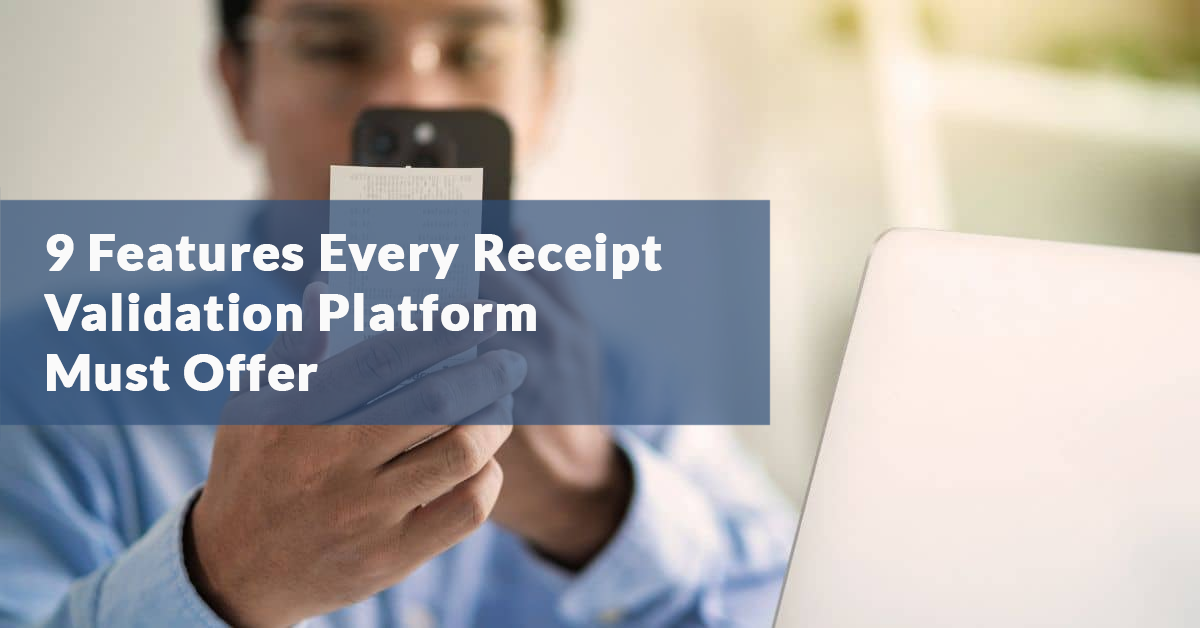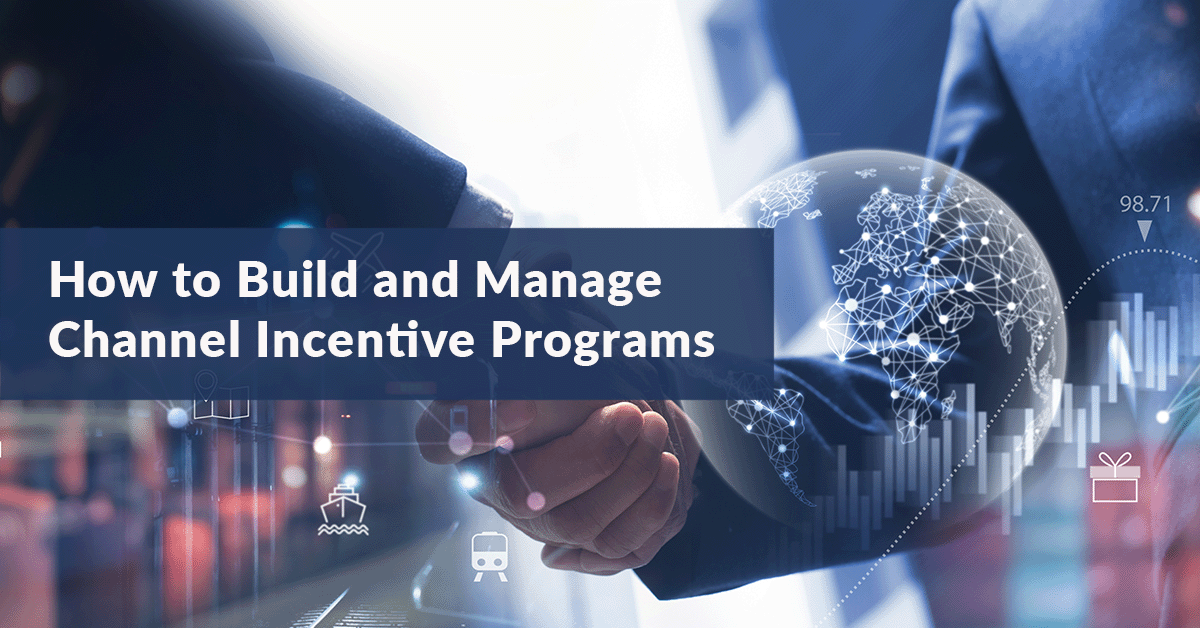A version of this post was originally published on Forbes.com.
Today’s shoppers don’t follow a straight path to purchase. They move between in-store, online, and other experiences, comparing prices, reading reviews, discovering products and making purchases across multiple touchpoints. For CPG brands, staying relevant in this fragmented environment requires a smart, omnichannel marketing strategy. A connected data-driven strategy will enable them to deliver seamless, memorable experiences to stay top of mind wherever their shoppers are and drive both engagement and sales. By combining authentic storytelling, thoughtful channel selection, creative promotions, and leveraging insights, brands can transform every consumer touchpoint into an opportunity to build meaningful and lasting connections.
It’s a noisy world. With so many consumer packaged goods companies fighting for the top spot in the minds of their audiences, brands are working to cut through the distractions and make an impact that will move more product.
There are nearly limitless ways to do so. Where brands were once confined to radio spots, flyers, billboards and print ads to snatch market share away from their competitors, today, the ways to reach your audience have expanded greatly, thanks to the internet. But for CPG brands, staying top of mind is about more than going digital. It’s about making intentional choices to tantalize your audience and make your brand unforgettable with a one-two-three punch of omnichannel marketing.
Omnichannel marketing is a comprehensive approach that hits your audience with consistent brand messaging from multiple sources at once. This multifaceted approach creates exponentially more powerful results. A study of 135,000 campaigns by Omnisend found that marketers who used three or more channels for their campaigns saw a 494% higher order rate than those who only used a single channel.
When designing an omnichannel approach for your CPG brand, follow these steps to set the stage for a successful campaign.
1. Create thoughtful, educational content around your brand
Consumers’ relationships with their favorite brands go well beyond the features of their products. We’ve moved on from a world of strict consumerism to a market in which customers will stand by brands that espouse similar values and beliefs to their own. Today’s consumers want to have real relationships with brands as personalities, in which they understand what the brand represents in a more philosophical sense. To do that, they need to get to know the brand on a more intimate level.
Create content that shows what your brand is about in a way that goes beyond surface level. This could range from Instagram stories highlighting your company’s charity outreach, to Facebook posts showing how the ingredients in your products are sourced, to blogs about the artist who designed your packaging. Some content ideas to help keep your CPG brand top of mind with consumers could be:
As long as your content conveys something interesting, memorable and unique about your brand that entertainingly educates the consumer, it’s likely to help you build the connection you need to get into your audience’s hearts, minds and wallets.
![]() The Body Shop’s “Love Your Body Club” offers connected omnichannel loyalty and educational experiences, blending brand values with rewards. By offering personalized content about sustainability and product sourcing alongside loyalty perks, they deepen consumer engagement and build lasting trust.
The Body Shop’s “Love Your Body Club” offers connected omnichannel loyalty and educational experiences, blending brand values with rewards. By offering personalized content about sustainability and product sourcing alongside loyalty perks, they deepen consumer engagement and build lasting trust.
2. Choose priority channels for your omnichannel marketing efforts
Once you have your educational content and messaging, you’ll want to deliver it in an omnichannel fashion that traverses the boundaries of online arenas. You’ll want to prioritize the channels where your target audience spends the most time over other channels. For example, you could disseminate your content on social media via influencers; create a content hub on your website; develop video content; deliver the messaging, promotions and content in marketing emails; include calls to action or information on retailer websites and more as you try to reach your target audience in places they congregate. Having your audience experience your content from many different avenues leads to better brand penetration and, hopefully, a more impactful campaign.
Use data to find which channels your target audience is most likely to engage with, and place complementary content on those channels. Remember that the channels need to work in unison. Your brand should not place different messaging or promotions on different channels, so make sure to coordinate your efforts.
Nordstrom’s omnichannel experience is built around seamless integration between its mobile app, website, and physical stores. Customers can check real-time inventory, reserve items, and use click-and-collect options directly through the app. In-store pickup counters are placed for convenience, while digital tools give sales associates access to customer data for personalized service. With unified data across platforms and personalized touchpoints, Nordstrom delivers a consistent, tech-enabled shopping journey.
3. Don’t forget to tap into media networks
Of course, consumers spend time on retailer websites, so it’s important to meet them there as well. One important way is to invest strategically in retail media networks. Retail media networks are brand-based advertising networks that allow brands to sell advertising space to brands on their websites, mobile apps or other digital properties. But retail media networks are competitive and there are other media networks coming online that forward-thinking CPG companies can test out as they ramp up. One example is the Financial Media Network, recently launched by Bank of America and Snipp Interactive. This puts sku-level CPG offers in front of 10s of millions of bank consumers through the banks deals portal on the mobile app and website. Learn more about how your brand can take advantage of it here.
As part of your omnichannel strategy, place your product ads or brand content on the appropriate media networks for your audience. This kind of advertising is highly prized because these networks can target your ads based on buyer information that the brand has collected directly from their customers, which is as close to the source as one can get.
Research which third-party media networks your audience is likely to interact with and include this as part of your omnichannel strategy.
 Nestlé integrated its omnichannel approach by leveraging Snipp’s Financial Media Network. This allowed Nestlé to reach 65 million customers through a banking network, complementing their in-store and online campaigns at Walmart. Consumers engaged with the program by registering online to clip digital offers, which they then redeemed in-store using a unique barcode.
Nestlé integrated its omnichannel approach by leveraging Snipp’s Financial Media Network. This allowed Nestlé to reach 65 million customers through a banking network, complementing their in-store and online campaigns at Walmart. Consumers engaged with the program by registering online to clip digital offers, which they then redeemed in-store using a unique barcode.
4. Create thoughtful promotions.
Perhaps the most exciting parts of an omnichannel strategy are sales promotions that can generate engagement with your audience with contests, sweepstakes, rebates, content downloads (e.g. recipes) or buy-one-get-one promotions. You can use these promotions to generate buzz for your brand and specific products through user-generated content such as product videos, images or creative audience ideas. Consumers love a chance to win cool prizes, get creative and interact with their favorite brands in novel ways, which can lead to high engagement when the promotions are done intelligently.
The promotions that make the biggest impact are those that are both thoughtful and creatively tied to the brand. For example, a makeup brand could offer a trip to New York for a makeover at a famous salon. A liquor company could auction off a distillery tour and tasting. When thinking up promotion ideas for your brand, consider things you could offer your audience that they would not only want but that would create a genuine connection with your brand.
IKEA’s “IKEA Family” loyalty program is a masterclass in thoughtful promotions. By offering discounts, exclusive offers, early access to sales, and personalized experiences, IKEA keeps members engaged across channels. Their omnichannel integration - combining in-store perks with online benefits like gift registries - strengthens brand loyalty.
5. Rinse and repeat with better data.
Combining a promotion with an omnichannel marketing campaign allows you to collect a lot of valuable data. Registering for your promotion allows you to collect things such as survey data, contact information and product preferences. In addition, you can collect receipt data that will allow you to perform basket analysis to learn more about purchase behaviors (e.g. via receipt scanning promotions), competitive and complementary products, and which stores or e-commerce sites your customers prefer. These insights can be put to use to improve your omnichannel marketing efforts so you have the chance to optimize them over time.
![]() Sephora’s Beauty Insider program collects omnichannel data to deliver tailored experiences. Customers can earn and redeem rewards seamlessly online or in-store, and Sephora uses this data to enhance personalization and drive loyalty.
Sephora’s Beauty Insider program collects omnichannel data to deliver tailored experiences. Customers can earn and redeem rewards seamlessly online or in-store, and Sephora uses this data to enhance personalization and drive loyalty.
Omnichannel marketing is the key to staying top of mind.
When CPG companies want to break through the distractions and stay top of mind with their audiences, omnichannel marketing, valuable content and creative promotions are a winning combination. With these components, a little creativity, and a lot of planning, your brand can provide your audience with an experience that’s hard to miss.
FAQs
Q: What does “omnichannel” mean for CPG brands?
A: Consumers search and shop in multiple ways. Omnichannel means creating a consistent, connected experience across every consumer touchpoint - online, in-store, mobile, and social to make sure your brand stays visible and the shopper feels recognized and rewarded wherever they engage with the brand, improving both conversion and loyalty.
Q: How can technology enable omnichannel marketing strategies?
A: Technology platforms like Snipp’s Promotions and Loyalty Suite unify customer data, manage real-time rewards, and track engagement across digital, social, and retail channels. This ensures every campaign works together to reinforce brand recall and drive measurable results.
Q: How can I protect my promotions from fraud while running an omnichannel campaign?
A: When your brand runs promotions across multiple channels, fraud prevention is essential. Using secure entry verification, and automated fraud detection and other AI enabled tools ensures your campaigns stay fair and trustworthy. protecting both your brand reputation and your marketing ROI.
Q: How can brands measure the impact of their omnichannel efforts?
A: When shoppers engage through various channels, brands can collect valuable first-party data such as engagement rate, redemption rate, repeat participation, purchase behavior and sales lift, giving brands a clear view of performance and ROI to tailor future promotions and strengthen customer relationships.
A version of this post was previously published on Forbes.com.






